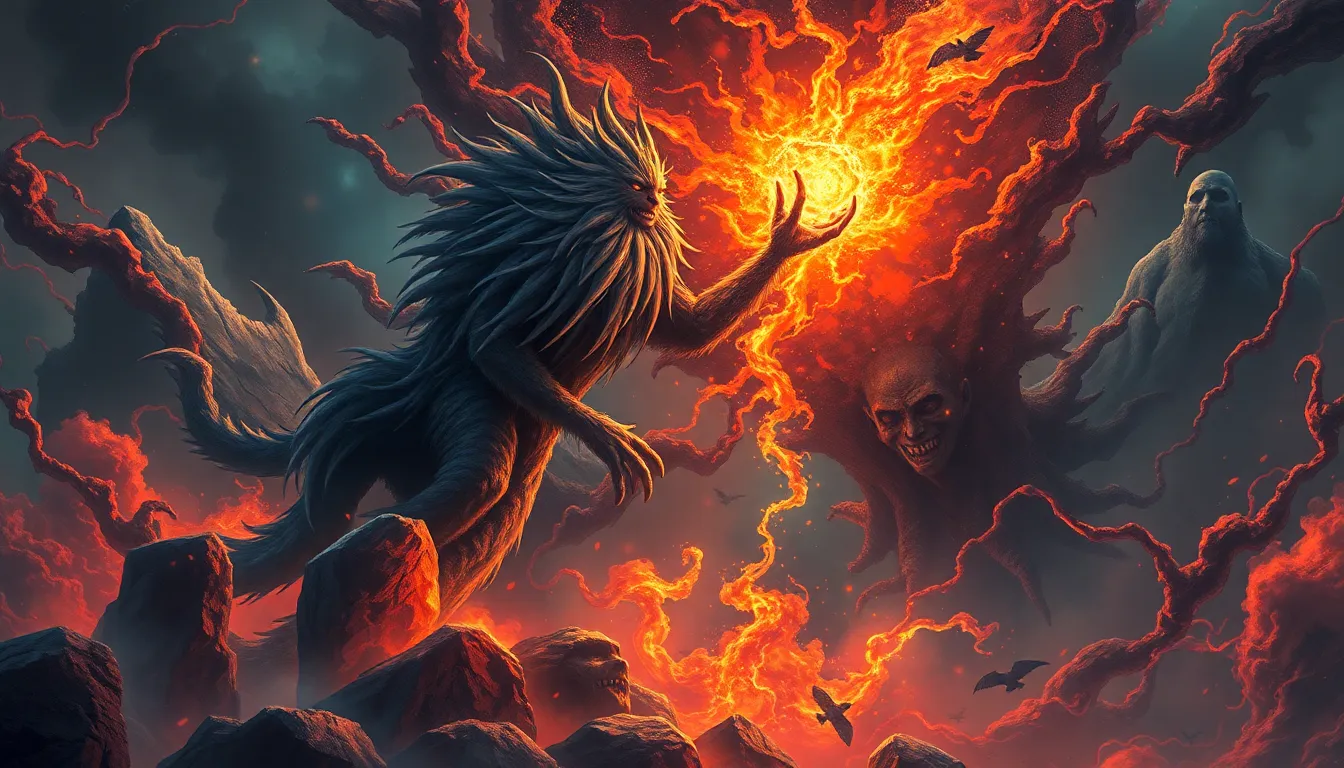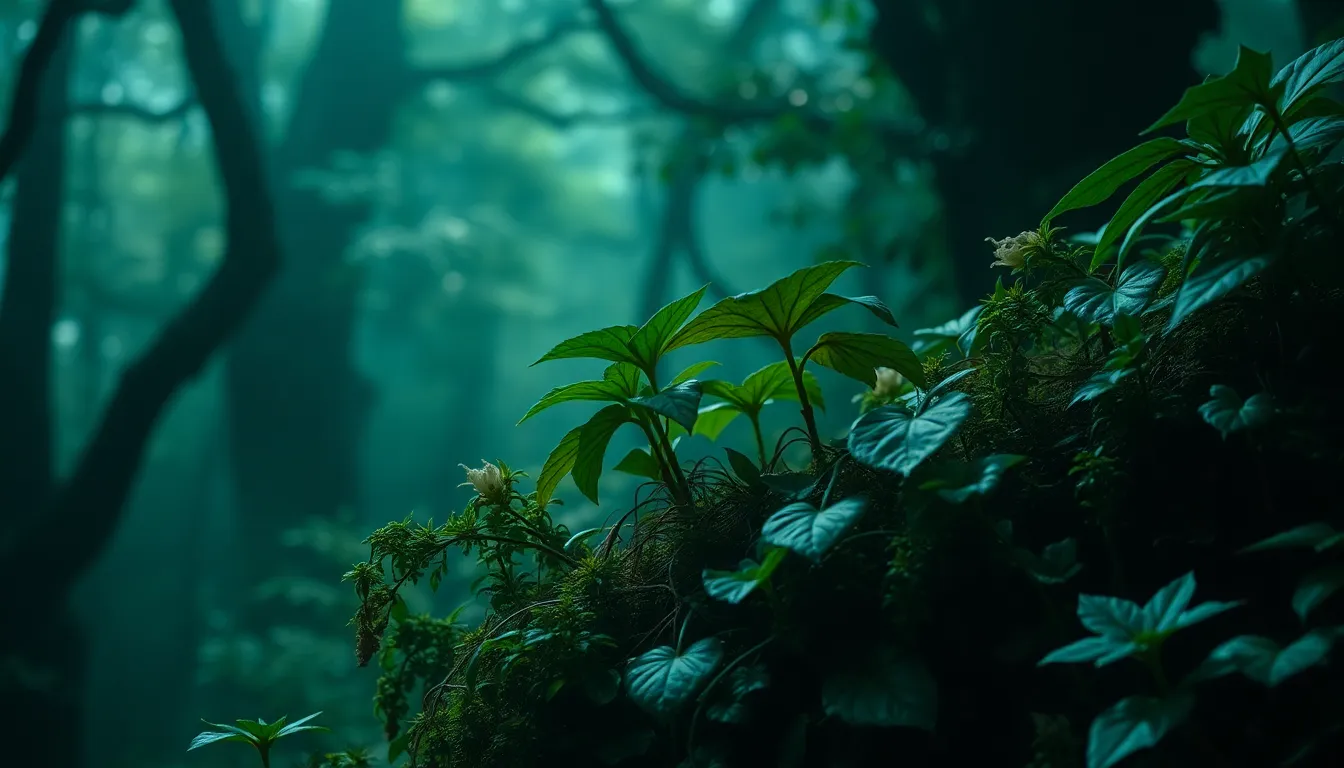The Trickster’s Role in Creation Myths: Chaos and Order
1. Introduction to Creation Myths
Creation myths are foundational stories that explain the origins of the world, humanity, and the cosmos in various cultures. They serve as a vital component of cultural identity and provide insight into the values, beliefs, and traditions of a society. These narratives often grapple with the themes of chaos and order, illustrating the duality of existence and the intricate balance that sustains the universe.
2. Understanding the Trickster Archetype
The trickster archetype is a complex figure found in mythology across different cultures. Typically characterized by cunning, mischief, and a disregard for social norms, tricksters often challenge the status quo. They can take on various forms, from animals to gods, and they embody traits that make them both relatable and unpredictable. Historically, tricksters have appeared in diverse cultural contexts, including:
- Norse mythology (Loki)
- Native American folklore (Coyote)
- West African tales (Anansi)
- Greek mythology (Prometheus)
3. The Dual Nature of Chaos and Order
Chaos is often perceived as a destructive force; however, it can also be a source of creativity and potential. In the context of creation myths, chaos serves as the raw material from which order emerges. Conversely, order provides structure, stability, and harmony, enabling life to flourish. The interplay between these two forces is crucial in understanding the nature of existence and creation.
4. Tricksters as Catalysts for Creation
Tricksters frequently act as catalysts for change and transformation in creation myths. Their actions often lead to unexpected outcomes, blurring the lines between chaos and order. For instance:
- Loki in Norse mythology is known for his role in the creation of various beings, including the world itself, through his cunning and deceptive nature.
- Coyote in Native American folklore is often responsible for bringing light to the world or creating humans, showcasing both chaos and creativity in his actions.
5. The Trickster’s Relationship with Deities
Tricksters often stand in contrast to traditional gods within creation narratives. While deities typically embody order, power, and authority, tricksters represent chaos and subversion. This dynamic can result in both cooperation and conflict:
- Tricksters may collaborate with gods to achieve a common goal, as seen in some creation stories.
- Alternatively, they may challenge divine authority, leading to chaos or punishment.
6. Case Studies of Tricksters in Creation Myths
Examining specific myths allows for a deeper understanding of the trickster’s role. For example:
- Prometheus in Greek mythology defied the gods by stealing fire and giving it to humanity, an act that brought both enlightenment and suffering.
- Anansi in African folklore is known for his cleverness and ability to outwit stronger beings, often teaching important moral lessons through his adventures.
The outcomes of these actions highlight the delicate balance of chaos and order, as well as the consequences of defying the natural order.
7. The Moral and Ethical Implications of the Trickster’s Actions
The actions of tricksters often convey moral and ethical lessons. They embody the struggle between right and wrong, demonstrating that:
- Tricksters can act heroically, bringing about positive change.
- They can also be disruptors, leading to chaos and conflict.
This moral ambiguity invites reflection on the complexities of human nature and the consequences of one’s actions within the framework of societal norms.
8. The Evolution of the Trickster Figure in Modern Storytelling
In contemporary literature and media, the trickster archetype continues to evolve. Modern portrayals often blend traditional traits with new characteristics, reflecting societal changes. Examples include:
- Films: Characters like Jack Sparrow from “Pirates of the Caribbean” embody the mischief and charm of the trickster.
- Books: In Neil Gaiman’s “American Gods,” the character of Wednesday represents a modern interpretation of the trickster.
These reinterpretations keep the trickster relevant, showcasing the enduring nature of chaos and order in storytelling.
9. Comparative Analysis of Tricksters Across Cultures
While tricksters appear in diverse mythologies, their portrayals share common themes. A comparative analysis reveals:
- Similar characteristics, such as cunning intelligence and a playful nature.
- Diverse functions in creation myths, from creators to disruptors.
- Shared challenges to authority and the social order.
This cross-cultural examination underscores the universal significance of chaos and order in human experience.
10. Conclusion: The Lasting Impact of Trickster Figures on Creation Narratives
The trickster figure plays a vital role in creation narratives, embodying the complexities of human nature and the cosmos. By navigating the realms of chaos and order, tricksters illuminate the delicate balance that sustains life. Their stories remind us of the ongoing relevance of these themes in contemporary society, encouraging us to embrace the chaos while seeking to establish order in our lives.



